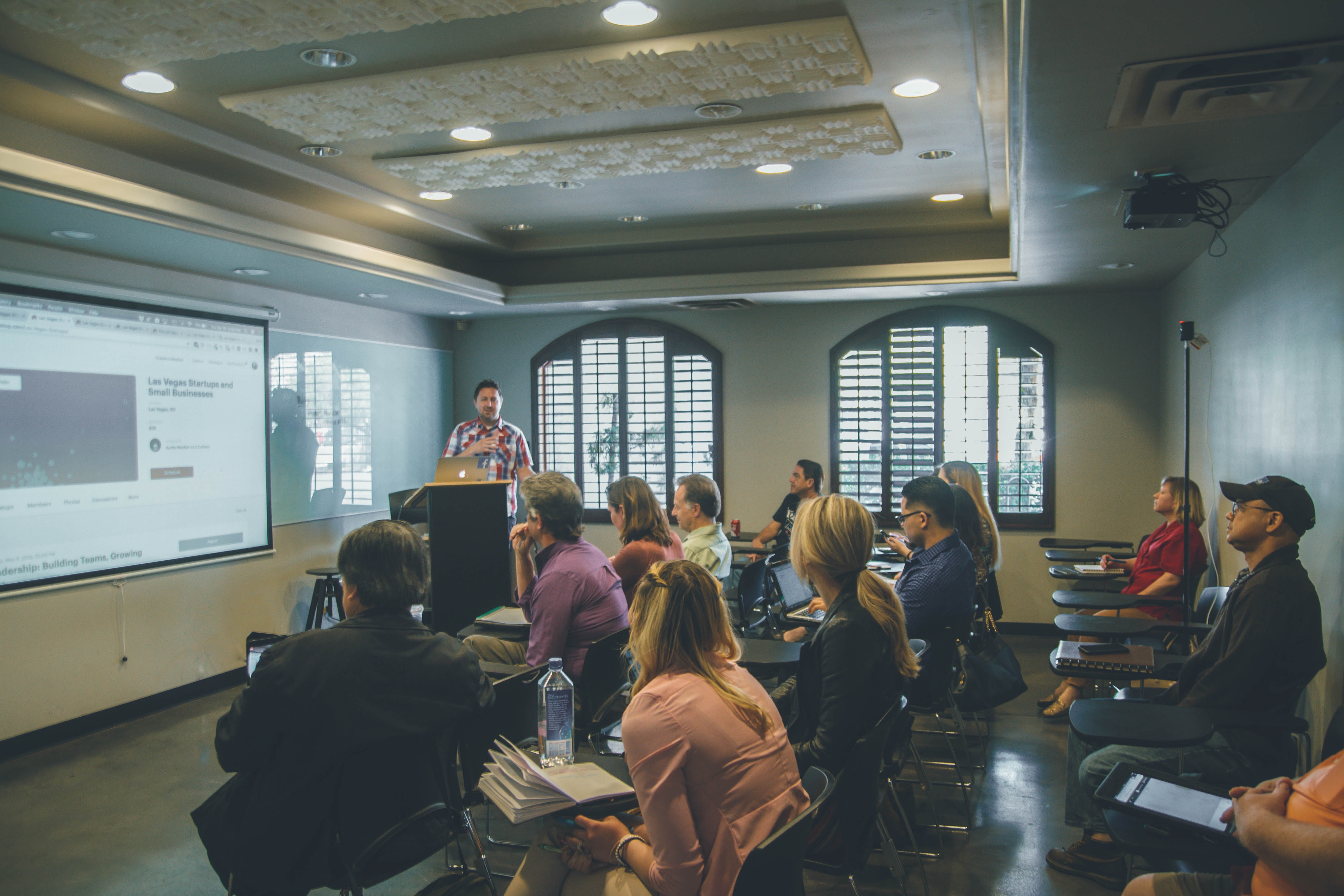Whether you are a professor at a university or a business professional running seminars, reducing the cognitive load of your material will change the way people learn from what you have to say.
Cognitive Overload has gained traction in pedagogical circles in recent years after the influential educational expert Dylan Wiliam called it “the single most important thing for educators to know”. So, what is it and what exactly do you need to know?
Cognitive Load Theory is the demand placed on our memory when learning new information. Cognitive Overload can occur in education when learners are given too much information to process in their working memory and struggle to convert their learning into long term memory as a result. On any given task, our cognitive load can be broken down into Intrinsic Load, supporting Load, and irrelevant Load.
Intrinsic load is the inherent difficulty of the content to be learned: it is easier to calculate a simple sum such as 2 + 2 than it is to solve a complex mathematical equation. There is usually little that teachers can do about this – you have to teach the content of your course, after all.
Supporting Load occurs when we observe and learn about a new experience. Following our observation, we form a ‘schema’: a mental building block that gives us an idea of what to expect if we encounter a similar scenario. For example, you know that when you go to a restaurant you will sit down and look at the menu. This reduces our cognitive load as we know what to expect when we go out to eat.
Irrelevant Load is where you can often make real headway in reducing cognitive load. This is all of the unnecessary and irrelevant information that is processed by a learner.
For example, a lecturer might present a block of text about a theory on a PowerPoint slide, and attempt to supplement this with a story about how to apply the content to the real world.
For the learners, there is a risk of cognitive overload: Their working memory has to take in the verbal and written information and will find it difficult to process and pass on to long-term memory.
Cognitive Overload may well be preventing you from reaching your audience and maximising your capabilities. However, the 3 tips below will help to address this problem and make education easier.

1.Reduce the Intrinsic Load
You can make learning easier by breaking complex concepts into smaller, more manageable steps. Alongside this, Sweller recommended using worked examples to further support learners by showing them how to use the new information.
2.Use Schema to your advantage
In your classroom, you should practice ways of learning information (such as mnemonics, flow charts, rhymes), in this way your audience knows what to expect and are trained to learn quickly as a result. This will allow you to use supporting load to your advantage.
3.Avoid unnecessary information
To prevent overload, educators should keep visual presentations simple, and break the text down into manageable chunks. This will prevent irrelevant Load and allow learners to convert the key information into their long term memory.
Conclusion
Behavioural Science research has shown us that Cognitive Overload is a major obstacle to effective education and learning. These three tips are a starting point to use in your pedagogy to help your audience learn more and make better progress.
If you want to learn more about elevating your companies skills through behavioural science, speak with our wonderful team today.
References:
Sweller, J. (1988). Cognitive load during problem-solving: Effects on learning. Cognitive science, 12(2), 257-285.
Sweller, J. (2010). Cognitive load theory: Recent theoretical advances.